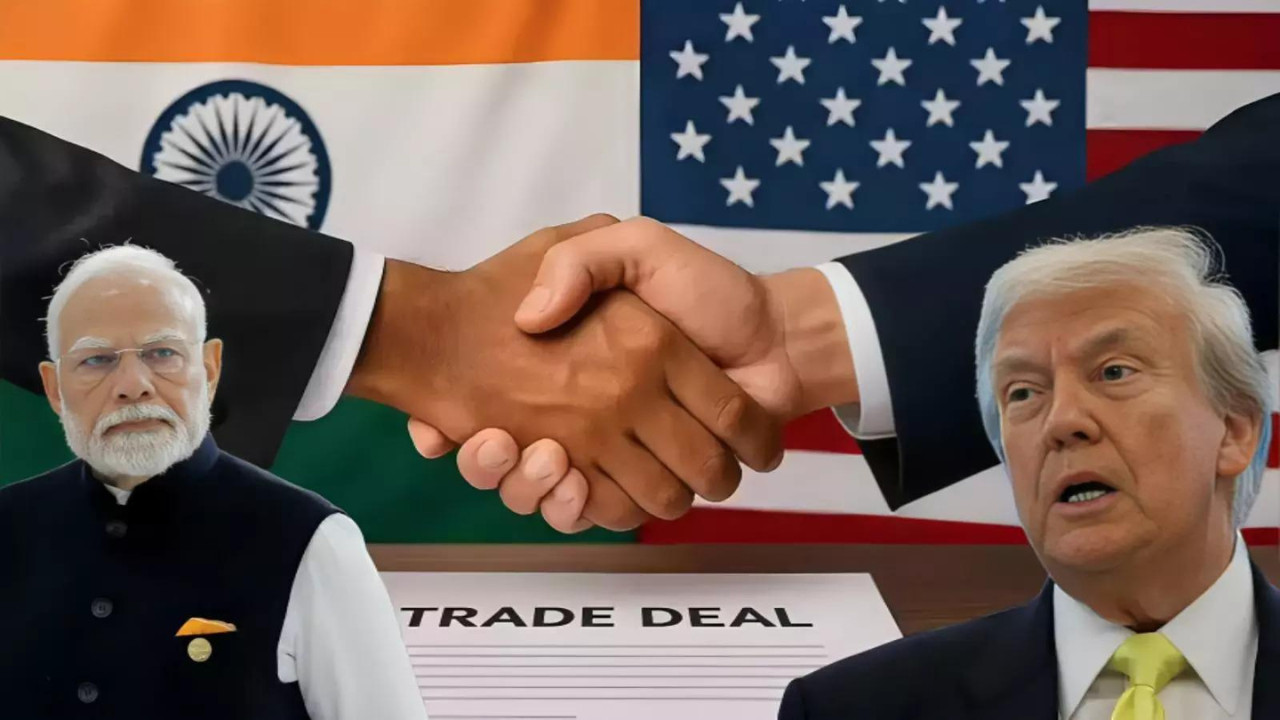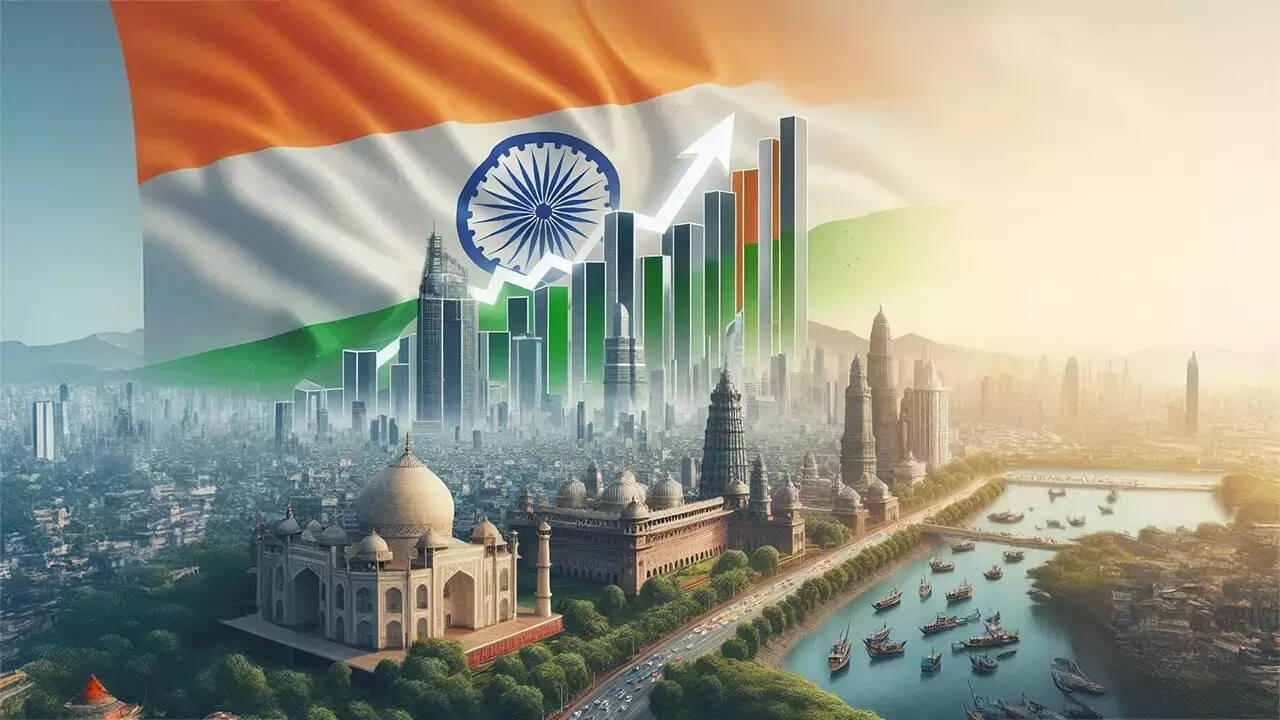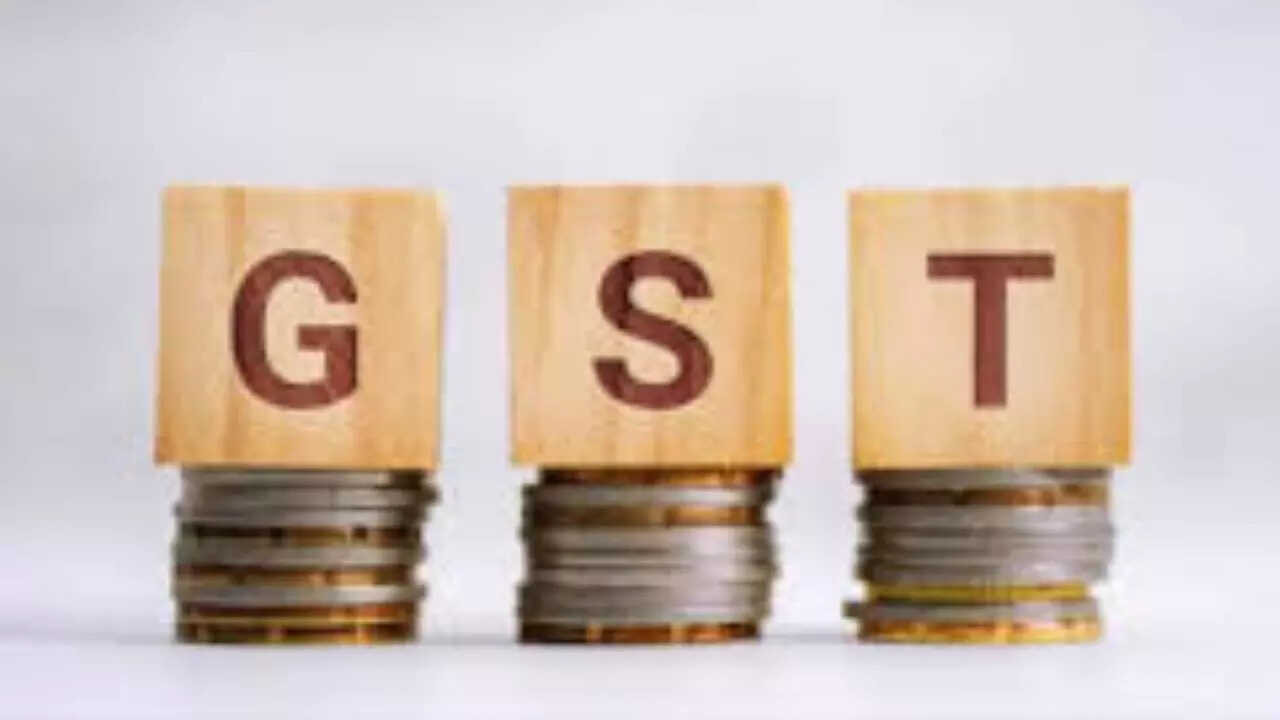India’s economy is poised for robust growth, with projections indicating a 7.5% expansion in Q2 FY26. This surge is fueled by increased investment, recovering rural demand, and the positive impact of GST rationalization. Strong performances in services and manufacturing, alongside a significant rise in consumption indicators, signal a broad-based economic uplift.
India’s Economy: Surging Ahead with a Spring in its Step?
The Indian economy is buzzing with a renewed sense of optimism, and recent forecasts suggest that the upward trajectory is set to continue. Forget the gloomy predictions of a global slowdown; India seems to be writing its own success story. State Bank of India (SBI) recently projected a robust 7.5% GDP growth for the second quarter of fiscal year 2024-25, a figure that has economists and businesses alike taking notice. What’s fueling this impressive momentum, and can we expect it to last? Let’s delve into the factors behind India’s economic resilience.
Manufacturing Muscles: A Key Driver of Growth
One of the biggest contributors to this rosy outlook is the strength of the manufacturing sector. India’s manufacturing Purchasing Managers’ Index (PMI) has consistently remained in expansionary territory, indicating a healthy level of activity and demand. This isn’t just about churning out goods; it signifies a deeper transformation in India’s industrial capabilities. Government initiatives like “Make in India” are starting to bear fruit, fostering a more conducive environment for domestic production and attracting foreign investment. The result? More jobs, greater exports, and a boost to overall economic sentiment.

Consumption is King (Again!)
While global economic uncertainties loom large, domestic consumption in India remains remarkably buoyant. From bustling markets to online shopping sprees, Indian consumers are spending, and that’s a powerful engine for economic growth. This consumption isn’t just limited to essential goods; there’s a growing appetite for discretionary spending on everything from travel and entertainment to consumer durables. Factors like rising disposable incomes, improved access to credit, and a generally positive outlook are all contributing to this consumption boom.
Infrastructure: Laying the Foundation for Future Growth
The Indian government’s continued focus on infrastructure development is another critical ingredient in this economic success story. Massive investments in roads, railways, ports, and airports are not only creating jobs in the short term but also laying the foundation for long-term sustainable growth. Improved infrastructure reduces transportation costs, enhances connectivity, and makes it easier for businesses to operate and expand. This is particularly important for attracting foreign investment and integrating India into the global supply chain.
Government Spending: A Balancing Act
Government spending is playing a significant role in supporting economic activity, particularly in key sectors like infrastructure and social welfare. However, it’s a delicate balancing act. While government investment is essential for stimulating growth, it’s crucial to maintain fiscal discipline and avoid excessive borrowing. Prudent fiscal management is key to ensuring the long-term sustainability of India’s economic growth trajectory. Read more on strategies for sustainable economic growth on [our economics blog](internal-link-to-related-content).
External Factors: Navigating a Turbulent World
Of course, India’s economy doesn’t operate in a vacuum. External factors, such as global economic conditions, commodity prices, and geopolitical tensions, can all have a significant impact. While India has demonstrated remarkable resilience in the face of these challenges, it’s important to remain vigilant and adapt to changing circumstances. For example, fluctuations in oil prices can have a significant impact on India’s import bill and inflation rate. Similarly, disruptions to global supply chains can affect India’s exports and manufacturing activity.
Inflation: Keeping a Close Watch
Inflation remains a key concern for policymakers. While the Reserve Bank of India (RBI) has taken steps to control inflation through interest rate hikes, it’s important to strike a balance between curbing inflation and supporting economic growth. Too aggressive monetary tightening could stifle investment and slow down economic activity. The RBI’s monetary policy committee will need to carefully monitor inflation trends and adjust its policies accordingly.
Looking Ahead: Sustaining the Momentum
While the near-term outlook for the Indian economy is undoubtedly positive, it’s important to remain realistic and address the challenges that lie ahead. Sustaining this growth momentum will require continued reforms, investments in human capital, and a focus on innovation and technology. By addressing these challenges and building on its existing strengths, India can unlock its full economic potential and emerge as a major global economic power. India’s GDP growth will heavily depend on staying the course with smart investments, and remaining agile in a dynamic global economy.







